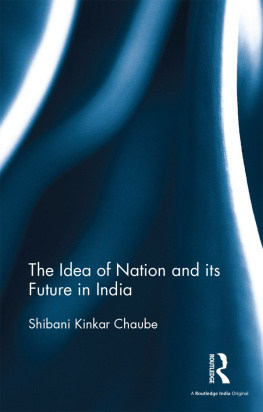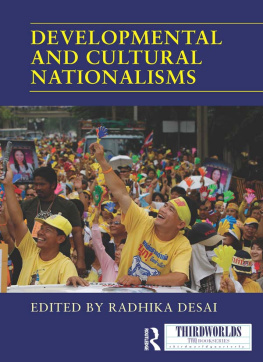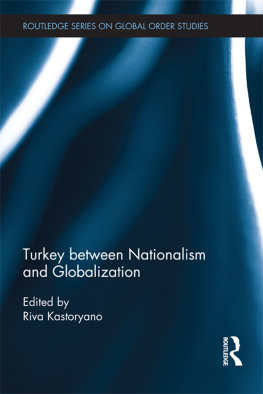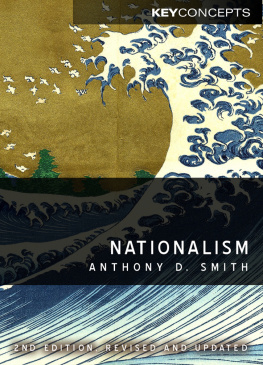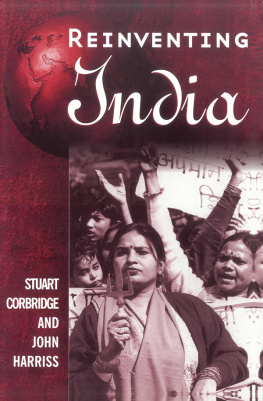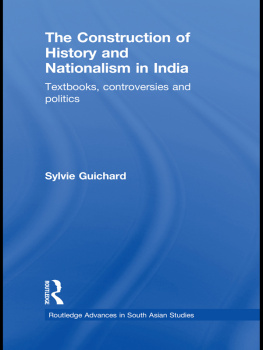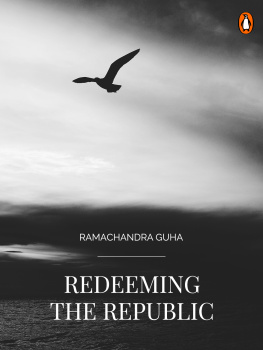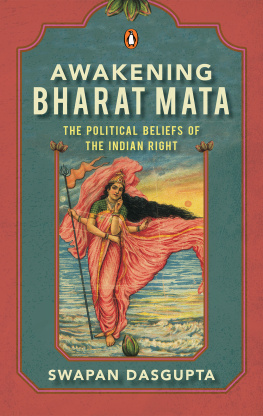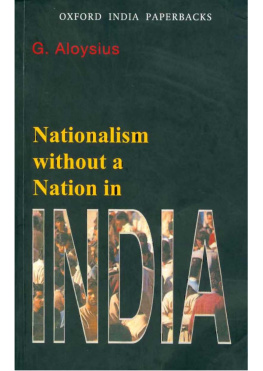Gender, Nation and Popular Film in India
Interpretations of manhood have unfolded in India within a middle-class cultural milieu shaped by an assertive self-confidence fuelled by liberalization, a process by which India has been integrated into the global political economy and the prominence of Hindutva or Hindu nationalist politics.
This book unpacks a particular gendered vision of nation in the modern Indian context by drawing on popular films. This muscular nationalism is an intersection of a specific vision of masculinity with the political doctrine of nationalism. The idea of nation is animated by an idea of manhood associated with martial prowess, muscular strength, and toughness, but coupled with the image and construct of virtuous woman a gendered binary of martial man and chaste woman. The author skilfully and convincingly draws together issues of political economy, including globalization and neo-liberalism with majoritarian politics and popular culture, thus showing how disparate strands intersect and build on each other.
Using interpretive methodologies and popular media, the book presents new interpretations of Bollywood films through the lenses of gender, masculinity, and nationalism. It will be of interest to scholars of South Asian politics and culture, in particular Indian nationalism, popular culture, media, and gender studies.
Sikata Banerjee is Professor of Gender Studies at the University of Victoria, Canada.
Routledge Contemporary South Asia Series
For a full list of titles in this series, please visit www.routledge.com
109 Ethics in Governance in India
Bidyut Chakrabarty
110 Popular Hindi Cinema
Aesthetic Formations of the Seen and Unseen
Ronie Parciack
111 Activist Documentary Film in Pakistan
The Emergence of a Cinema of Accountability
Rahat Imran
112 Culture, Health and Development in South Asia
Arsenic Poisoning in Bangladesh
M. Saiful Islam
113 Indias Approach to Development Cooperation
Edited by Sachin Chaturvedi and Anthea Mulakala
114 Education and Society in Bhutan
Tradition and modernisation
Chelsea M. Robles
115 Sri Lankas Global Factory Workers
(Un) Disciplined Desires and Sexual Struggles in a Post-Colonial Society
Sandya Hewamanne
116 Migration of Labour in India
The squatter settlements of Delhi
Himmat Singh Ratnoo
117 Gender, Nation and Popular Film in India
Globalizing Muscular Nationalism
Sikata Banerjee
First published 2017
by Routledge
2 Park Square, Milton Park, Abingdon, Oxon OX14 4RN
and by Routledge
711 Third Avenue, New York, NY 10017
Routledge is an imprint of the Taylor & Francis Group, an informa business
2017 Sikata Banerjee
The right of Sikata Banerjee to be identified as author of this work has been asserted in accordance with sections 77 and 78 of the Copyright, Designs and Patents Act 1988.
All rights reserved. No part of this book may be reprinted or reproduced or utilised in any form or by any electronic, mechanical, or other means, now known or hereafter invented, including photocopying and recording, or in any information storage or retrieval system, without permission in writing from the publishers.
Trademark notice: Product or corporate names may be trademarks or registered trademarks, and are used only for identification and explanation without intent to infringe.
British Library Cataloguing in Publication Data
A catalogue record for this book is available from the British Library
Library of Congress Cataloging in Publication Data
A catalog record for this book has been requested
ISBN: 978-1-138-65399-3 (hbk)
ISBN: 978-1-315-62347-4 (ebk)
Typeset in Times New Roman
by Apex CoVantage, LLC
1
Gender, nation, and popular film in a globalizing India
On January 26th, 2006, Rang De Basanti ( Color Me Saffron , hereafter RDB) directed by Rakyesh Omprakash Mehra premiered in select Indian cities. RDB was one of the major hits of that year, a reputable film critic declared it to be among the ten best films made in the decade spanning 2000 and 2010, and it won a slew of international and national honours (Kamath, 2009). But most interestingly, it struck a chord with middle-class youth, who have spent most of their lives in an India flooded with global goods, images, and cultural icons. Blogs discussed the RDB phenomenon, contextualizing it within a debate wherein nationalism was defined as a resurgence of patriotism and a willingness to fight for a more just India (Dilip, 2008). Indeed a few protest movements adopted some of the activist strategies valorized in this film (Chakravorty, 2006; Chaudhury, 2006). The popular current affairs magazine, Tehelka placed an iconic image from the film in the first page of its online issue dated February 11, 2006; the caption above read Whats Right about India, while underneath were the following words: vibrant, resilient, resurgent, ancient, rooted, inclusive, plural, singular, country unputdownable. These words framed the bare muscular torsos of four young men as they leaped up and reached towards an Indian air force jet flying above.
This image draws together masculinity, youth, militarism, and a self-confident nationalism against the context of globalization in a manner that is quite provocative and can be located in a contemporary discourse of masculinized nationalism circulating in India. Eight years before the release of this film, on May 11, 1998, India detonated three nuclear devices. These were followed closely by two more on May 13. Newspaper editorials and public celebrations indicated that these nuclear tests were clearly seen by citizens as a performance of militant strength and restored national virility (Oza, 2006, p. 124). The resonance of this view of national manliness did not fade away, and almost ten years later, in 2007, Indias preeminent English language paper, the Times of India , initiated the patriotic India
In 1991, the government of India opened the economy to foreign investment, ending the Five-Year Plan based semi-socialist approach to economic policy that had existed since independence and ushering in an open, neo-liberal market economy. Not only did this change increase consumerism and the presence of global goods in the market, but simultaneously created a self-confident middle-class economically benefitting from these changes, which had global ambitions and was eager to see India as a key player in the world. As Leela Fernandes (2000) has argued, this assertive self-confidence differs from the post-independence Nehruvian years, which focussed on rational developmentalism and emphasized the need to be modest in ones patriotism. These changes occurred in a political context where the forces of Hindutva or Hindu nationalism were ascendant and circulating a discourse of patriotic fervour infused with a belief in the cultural dominance of Hinduism and Hindus in India. Indeed, it was the Hindu nationalist Bharatiya Janata Party or BJP government which exploded the nuclear devices in 1998. These economic and political changes worked in tandem to create a social landscape wherein patriotism was celebrated.


